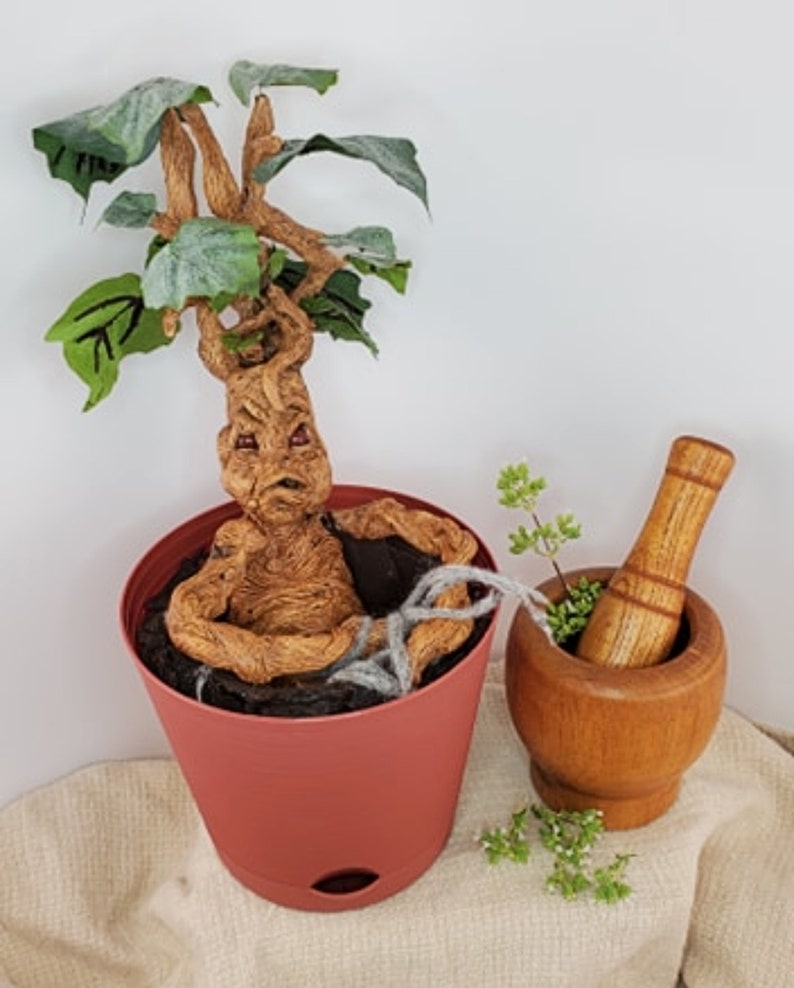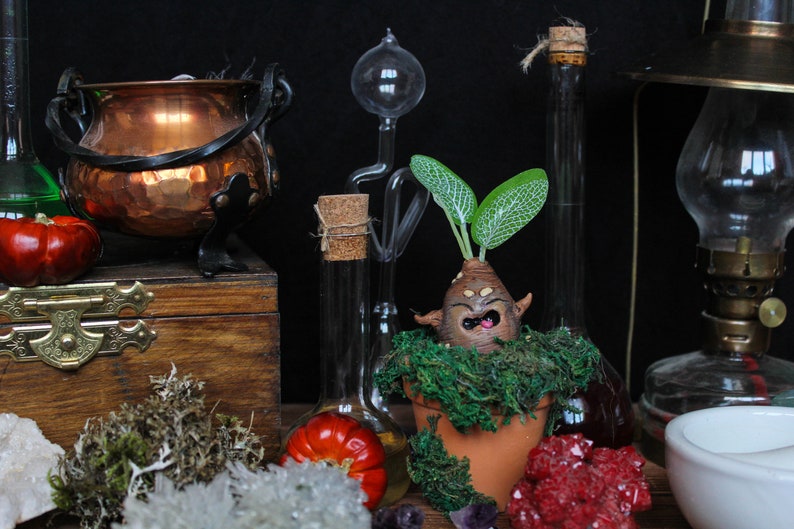

Telugu: Māṇḍrēk (మాండ్రేక్), Mantrika, Saitanu Pandu, Prema Pandu, Deyyapu Kaya Myanmar ( Burmese): aanu sayy see (အနုဆေးသီး) Kannada: Rakta bindu (ರಕ್ತ ಬಿಂದು), Lakshmana Italian: Mandragora, mandragora primaverile Hungarian: Mandragóra, Közönséges mandragóra German: Mandrake, Alraunwurzel, Echte Alraune, Gemeine Alraune Mandrake, Satan’s Apple, Love Apple, Devil’s Apple, autumn mandrake, Mediterranean mandrake, Master of the life breath, Mad Apple, Hog apple, May apple, American mandrake, Indian apple, Duck’s foot, Ground lemon, Mandragora, Wild lemon and RacoonberryĪrabic: Allifah naba’at (اللفاح نبات), yabruh tibiy (يبروح طبي)Īzerbaijani: Adamkökü, Dərman mandraqorasıĮnglish: Mandrake, Mediterranean mandrake, Autumn mandrake Mediterranean Sea, within the borders of Tunisia, Algeria and Morocco in north Africa southern Spain, southern Portugal, Italy included Sardinia and Sicily, (Niccolò Machiavelli wrote a novel about it), former Yugoslavia, Greece and Cyprus in southern Europe southern Turkey Syria, Lebanon, Israel, the Palestinian territories and Jordan in the Levant It used to reduce pain and calm down nerves. Ancient people realized its aphrodisiac properties. Mandrake root has been using in cooking since ancient times. Both legends and folklore associated with this plant for good and bad showed the significance of this herb. Mandrake plant was used widely in magic because of its amazing medicinal properties.

The term mandrake also is commonly used for the roots of these plants, which contain poisonous alkaloids and have been used medicinally for their anodyne (relieves pain through external application) and soporific properties, but also can lead to delirium and hallucinations. Mandrake, Satan’s Apple, Love Apple, Devil’s Apple, autumn mandrake, Mediterranean mandrake, Master of the life breath, Mad Apple, Hog apple, May apple, American mandrake, Indian apple, Duck’s foot, Ground lemon, Mandragora, Wild lemon and Racoonberry are some of the popular common names of the plant. The plant is native to Mediterranean Sea, within the borders of Tunisia, Algeria and Morocco in North Africa southern Spain, southern Portugal, Italy included Sardinia and Sicily, (Niccolò Machiavelli wrote a novel about it), former Yugoslavia, Greece and Cyprus in southern Europe southern Turkey Syria, Lebanon, Israel, the Palestinian territories and Jordan in the Levant. The root of this plant bifurcates resembling a pair of legs. The plant has a chubby root resembling that of a parsnip. So be aware when you see a Mandrake, and be respectful.Mandragora officinarum popularly known as Satan’s apple or mandrake is a perennial plant belonging to Solanaceae – Potato family.

The mandrake will let out a scream and the dog will die.” (From an article by Arsdall, Klug, and Blanz, “The Mandrake Plant and Its Legend: A New Perspective”)Īnd there you have it. He will lunge to get the bread, pulling the mandrake out of the ground. Take some bread, show it to the dog, and them run away from the dog.

Fasten a rope around the root and to the dog’s tail. Make three signs of the cross over the mandrake and loosen the soil around the root. So to safely pull up a mandrake root, stop up the ears and take a black dog to the site before sunrise on a Friday. The Brothers Grimm documented that it is “dangerous to pull a mandrake out of the ground because it groans and screams when pulled up, and those who hear the mandrake scream will soon die. Strewn with mythology since ancient times, legends and rituals have been associated with mandrakes–the most significant that it screams when pulled from the ground and those who hear the scream will die! It is believed to possess evil spirits or thought that demons reside in it. The mandrake has medicinal and toxic properties, so it’s advised not to handle this narcotic without the guidance of a knowledgeable person. When pulled from the earth, the plant and roots together resemble the human body–both men and women. They have long roots with a very short stem. You’ll find them throughout Sicily in the fall and spring. Mandrake (pictured), or Mandragora, is a perennial plant that grows in the Mediterranean.


 0 kommentar(er)
0 kommentar(er)
